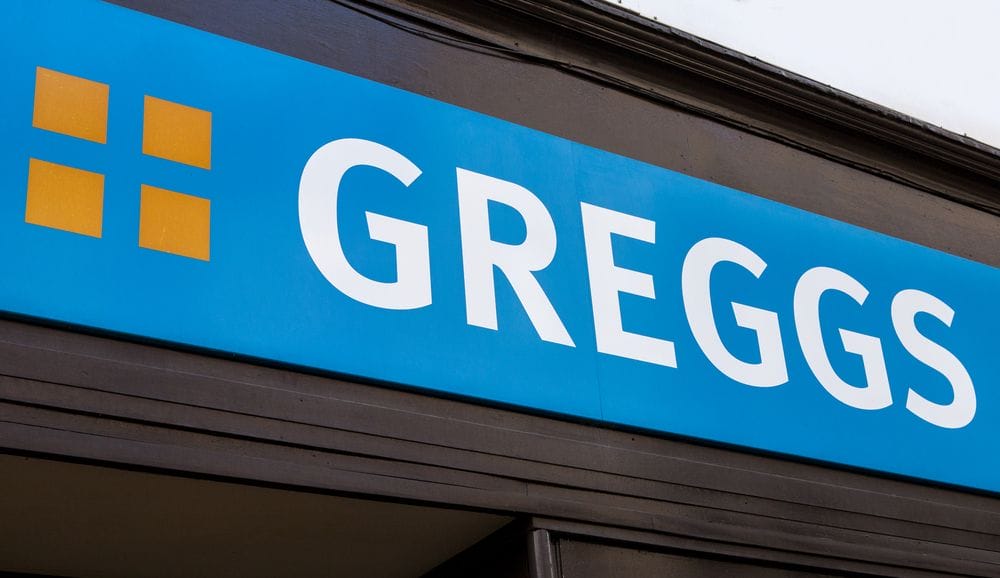Greggs on a roll with store openings.
© Greggs
Food-to-go retailer Greggs has just opened its first supermarket café inside a Sainsbury’s superstore as part of a plan to open a record number of new outlets this year, which has already seen it pass Subway as the biggest fast-food chain in the UK.
The new outlet located within a Sainsbury’s store in the city of Sheffield in Northern England is the first of a number of new sites that the partnership will open by the end of the year with the supermarket involving a mix of in-store and petrol forecourt cafes. This follows similar openings undertaken in partnership with rival grocer Tesco.
Tony Rowson, property director at Greggs, says: “Our first Greggs cafe with Sainsbury’s is helping us continue to expand and diversify our retail estate as part of our ambitious property strategy.”
This is certainly no understatement as the company continues to power ahead with store openings. Since the start of the year Greggs has opened a net 82 new shops to take its total estate to 2,400, which has seen it leapfrog Subway that operates from 2,300 units. Greggs is now effectively king of the high street in terms of number of units.
The group plans to have opened between 135 and 145 new shops by the end of the year, which would be a record absolute number of new stores opened in a single year for the retailer. The company stated: “We expect 2023 to be a record year…as we expand into new locations and relocate shops to better premises within existing catchments. We see a strong pipeline ahead for 2024.”
Under its previous leadership the belief was that Greggs could reach 2,500 outlets (it was then a 700-strong stores business) but today the talk is of 3,000 stores although even this might be underplaying things a little as the expectation under the current CEO Roisin Currie has been for the business to potentially grow to as many as 4,500 units.
The growth of the business is undoubtedly helped by its constant innovation. Latterly this has involved boosting its home delivery capability from stores, with around 500 outlets expected to be offering the service by the end of October and further expansion is planned for 2024.
Greggs has also be experimenting with its opening times and has successfully applied for 24-hour licences at a small number of locations including drive-thrus. This activity has helped the company bump-up its level of evening trade, which now accounts for 8.8% of total group sales.
The company also has the opportunity to accelerate its store openings through the franchising route, which has so far enabled it to open shops on petrol forecourts. The number of franchises has risen 10-fold since 2014 and represents 20% of its total store base, which suggests this could be a big area for growth in the future. The major upside is that franchising requires much less investment when compared with company-owned stores.
Greggs certainly represents something of a bright spot in the retail sector where the current backdrop more typically involves store closures and vacant units. However, other expansionary chains include the discount supermarkets Aldi and Lidl although they have been facing increasing challenges in achieving their aims.
Aldi set its most recent target at 1,500 stores, which involves adding 500 units to its current portfolio, while Lidl presently operates 960 outlets and has stated its aim of adding hundreds more stores.
The latter has scaled back its openings from a typical 50 per year to only 25 for 2023 and at Aldi there have been challenges securing sites that do not cannibalise existing store sales and can be acquired at rental levels that fit the strict cost controls required by the discounter model. There are clearly few retailers that are achieving anything like the expansion levels of Greggs within the UK retail industry.

